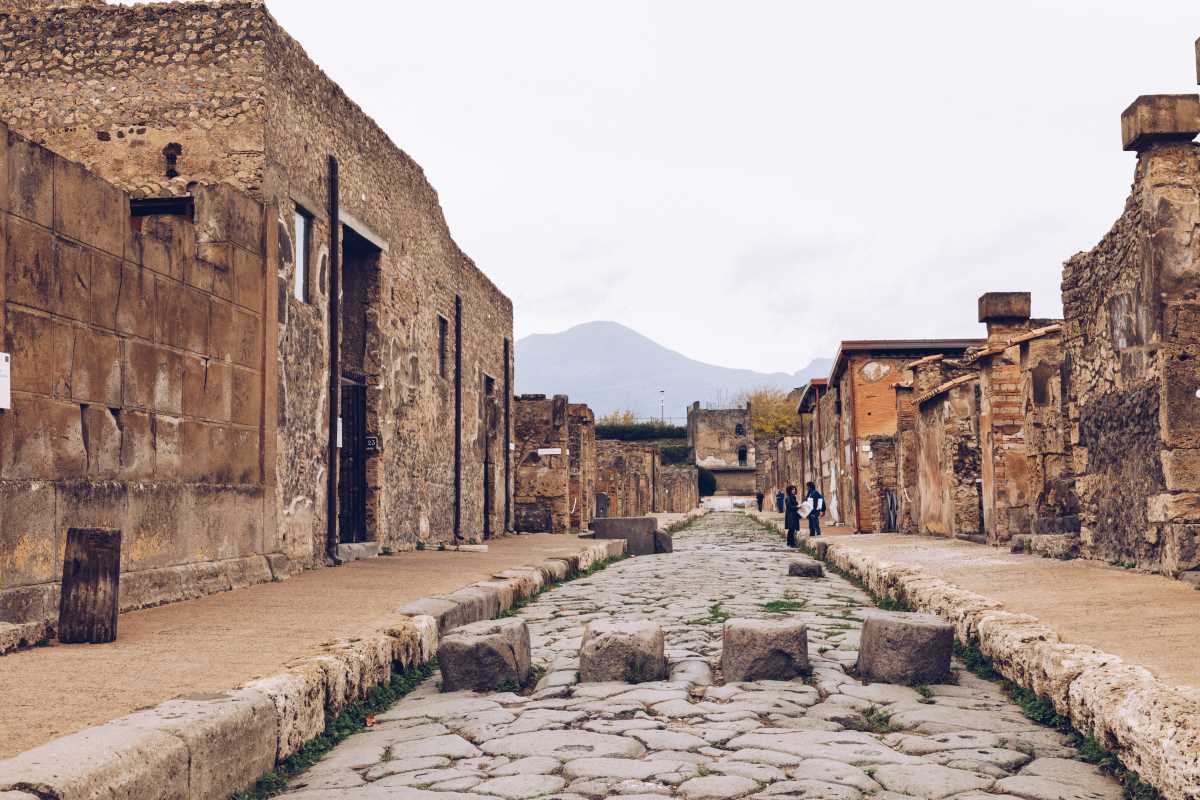Golden sunlight spills across weathered beams, casting a gentle glow over the open countryside as your hands search the soil that once supported generations. Each handful of earth brings with it the silent echoes of those who once worked, crafted, and created daily life in this place. When your fingers close around a small piece of pottery, its smooth, timeworn surface presses history into your touch, bridging the gap between then and now. Curiosity stirs as you realize this is more than a simple find; it is a personal encounter with the past, one that invites you to reach deeper and uncover hidden stories through direct experience.
Living History Unveiled
- Wander into recreated medieval workshops where wheelwrights shape spokes and spokes become wheels under your supervision, as you feel raw wood yield to every push and pull.
- Don period clothing to perform daily chores like spinning wool into yarn, transforming fabric of thought into threads of experience that bind you to ancestral routines.
- Toast dough in open hearth ovens, experience the crackle of embers, and see how simple ingredients change through heat and timing—touch, taste, and smell all at once.
- Join in seasonal festivals to dance folk patterns worn for generations, letting rhythm guide your steps as drums echo across fields that once held communal gatherings.
- Handle replica tools under expert guidance, hefting hammers and chisels to carve soft stone, feeling the resistance and release with every strike.
Tools of the Time: Getting Hands On
You put on canvas gloves and pick up rawhide thongs to lace sturdy boots as blacksmiths fire up forges. Heat flares in your peripheral vision while you learn to taper metal with rhythmic strikes. In weaving sheds, spindles clatter under your fingers as you warp threads across wooden looms, shaping patterns that once lined castle halls. Grain turns to meal beneath millstones you rotate with friends, breathing the scent of freshly ground flour into a world that no longer spins at this deliberate pace.
Every tool carries nuance: the weight of a forge hammer, the tension of a bow drill, the smooth curve of a carving knife. By feeling their balance and learning techniques firsthand, you unlock insights into craftsmanship that books alone cannot convey. This immersion deepens respect for artisans past and gives you stories to share far beyond postcards and photographs.
Strategies for Deeper Immersion
- Arrive before first light to feel the shift between midnight quiet and dawn activity in living-history villages.
- Engage local guides for personal demonstrations that go beyond scripted tours—ask to join small-group sessions.
- Pack practical gear: sturdy gloves, lens-free goggles, and quiet footwear to move unnoticed in reenactment zones.
- Share tasks with fellow participants to build camaraderie and learn from diverse approaches to the same craft.
- Document progress through quick sketches or voice notes to revisit sensory details later and compare technique variations.
Interactive Heritage Routes
Mapping a path through old trade roads and abandoned mills turns every milestone into a story. From forge to farmstead and kiln to chapel, each stop becomes a station for hands-on investigation—an evolving open-air classroom guided by stone markers and printed prompts.
- Soil Excavation Basics
- Purpose: Uncover artifacts to learn about daily life
- Usage:
- Mark a 1x1 meter grid
- Use a trowel to scrape topsoil in thin layers
- Sift material through a mesh screen
- Cost: Often included in guided-site fees under $25
- Insider tip: Work from edges inward to avoid trench collapse
- Wooden Loom Weaving
- Purpose: Create period textiles and grasp warp-and-weft dynamics
- Usage:
- Secure warp threads to the frame
- Pass the shuttle beneath and above alternately
- Tighten the reed to compact each row
- Cost: ~$30 per session; peak availability in spring
- Insider tip: Adjust thread tension gradually to prevent uneven rows
- Blacksmith Forge Practice
- Purpose: Shape iron and gain insight into metalwork traditions
- Usage:
- Heat the bar to cherry-red
- Place on anvil and strike rhythmically
- Reheat and refine edges for even thickness
- Cost: $40–$60 with protective gear provided
- Insider tip: Watch how smiths rotate bars between strikes to maintain symmetry
- Clay Pottery Wheel Basics
- Purpose: Form vessels by hand to experience ceramic heritage
- Usage:
- Center clay on the wheel
- Apply water and steady pressure as it spins
- Shape walls by moving fingers upward
- Cost: ~$35 for intro classes with clay and tools supplied
- Insider tip: Keep fingertips lightly moist to prevent collapse
- Grain Mill Operation
- Purpose: Convert grain into flour and understand farming life
- Usage:
- Pour small batches of grain into hopper
- Rotate handle consistently
- Collect flour from the chute
- Cost: Usually included with farmstead entry ($20–$30)
- Insider tip: Clean millstones between batches to preserve flavor integrity
Follow this route as you move from one tactile station to another, each step revealing a layer of human ingenuity.
Blend hands-on practice with sensory learning to bring archives to life. Curiosity helps create lasting connections beyond the workshop.
 (Image via
(Image via





